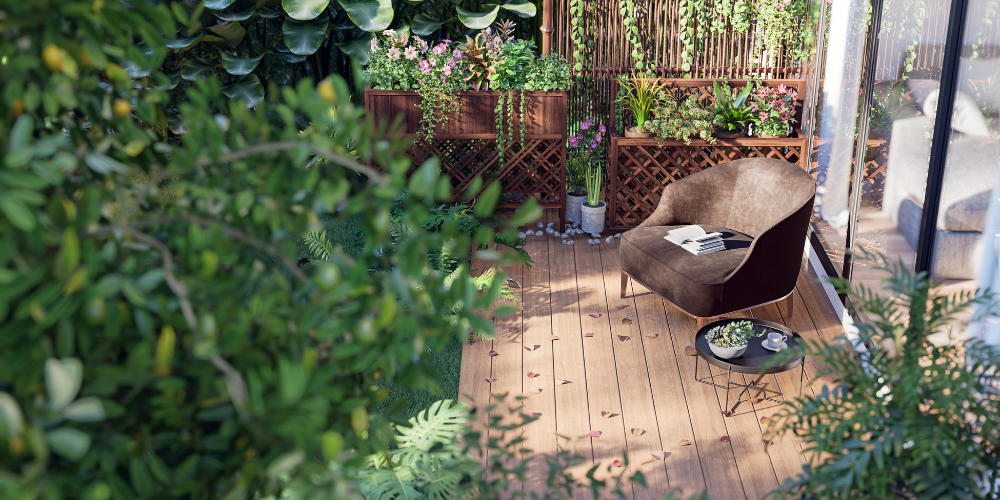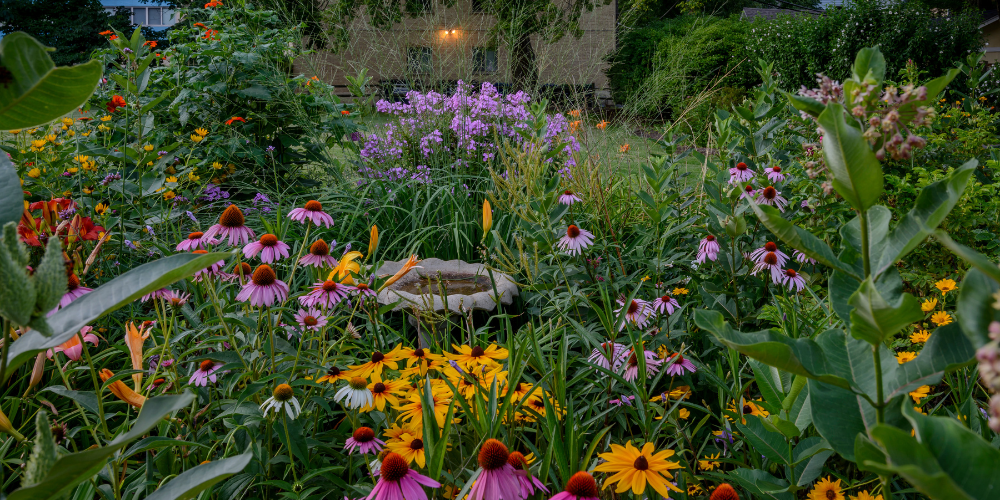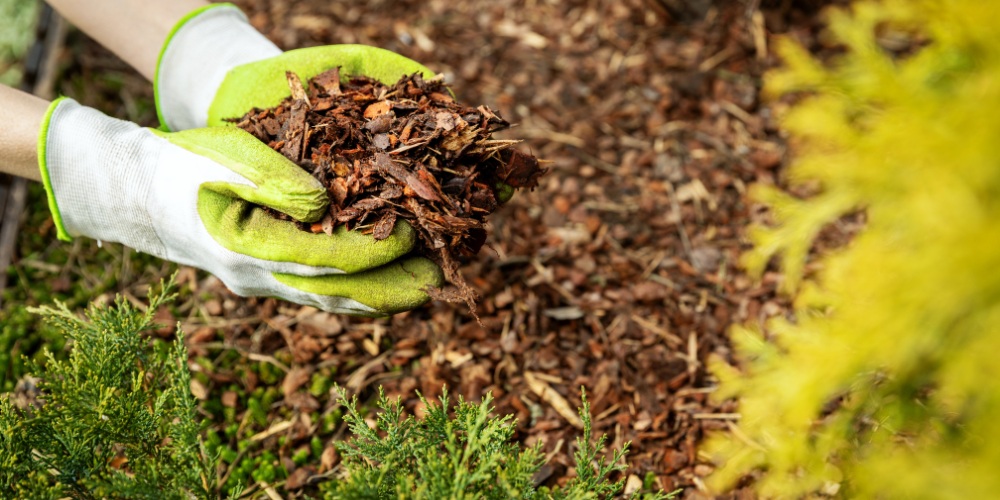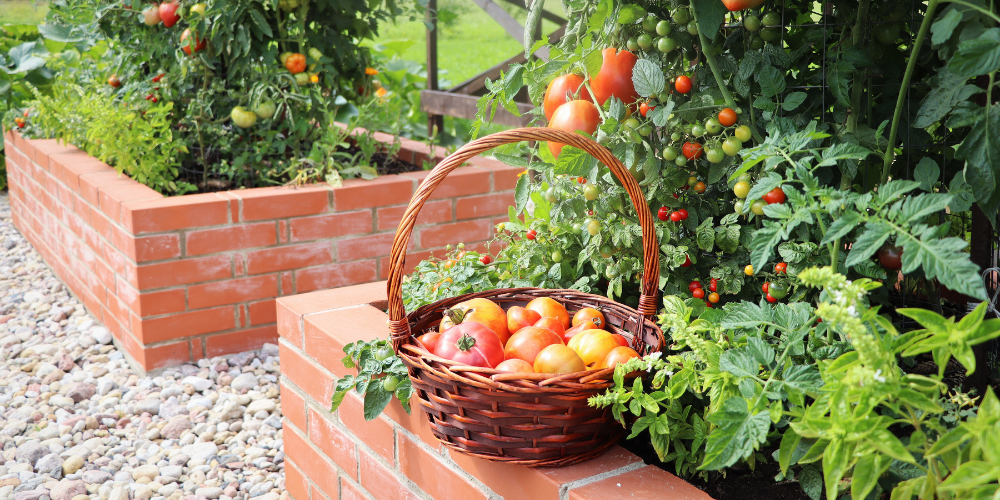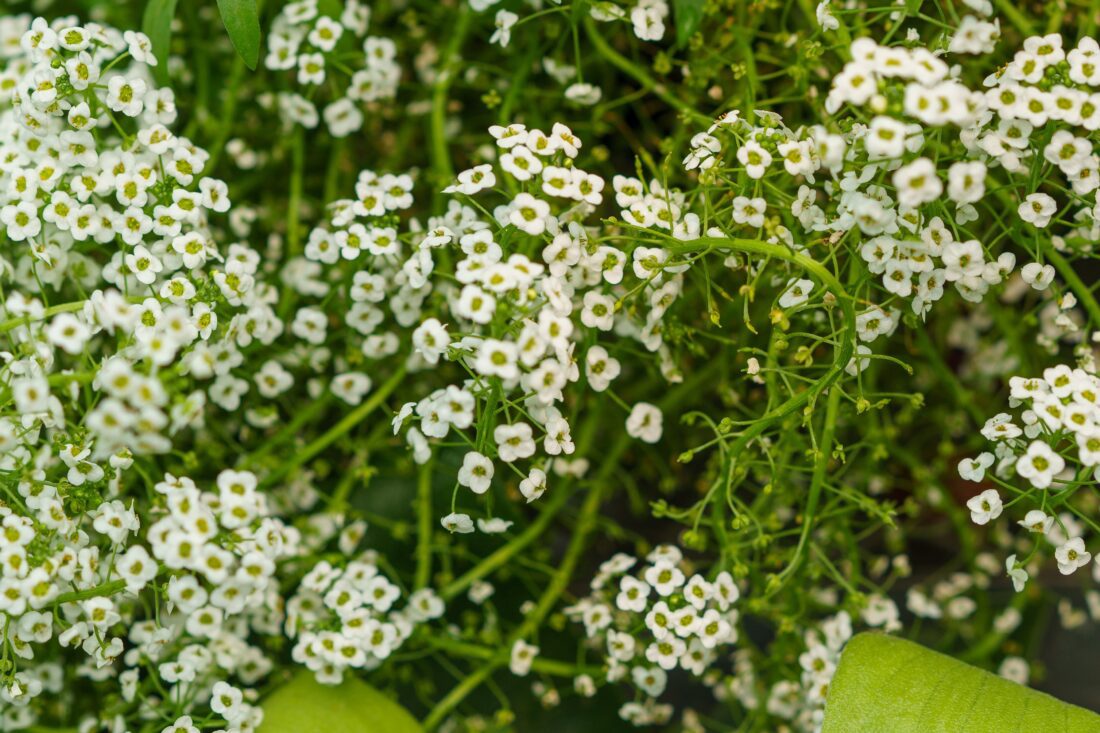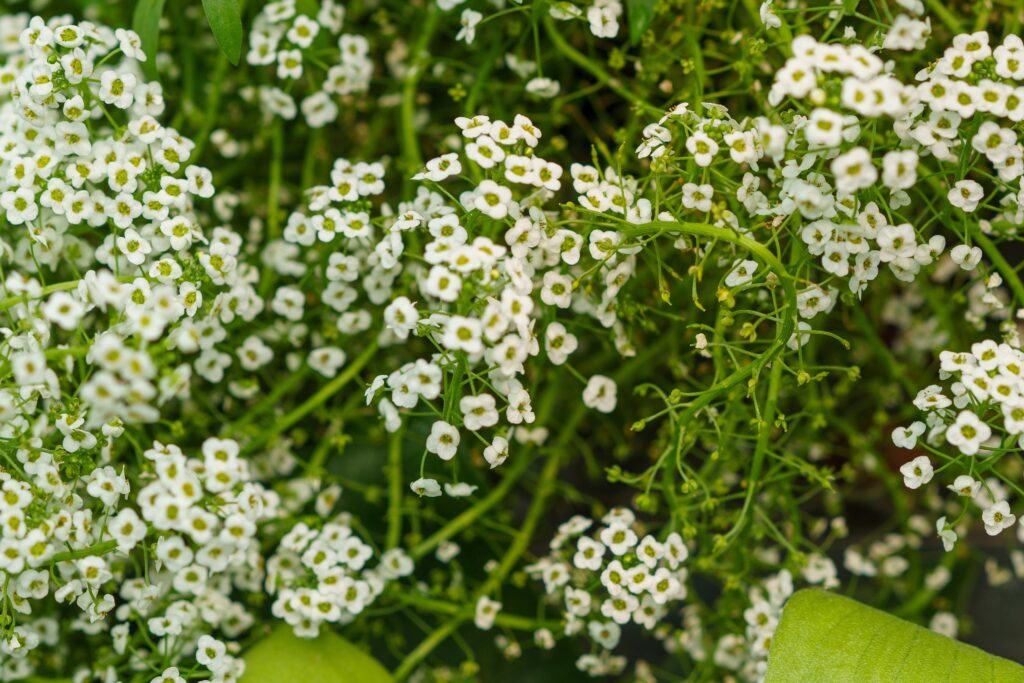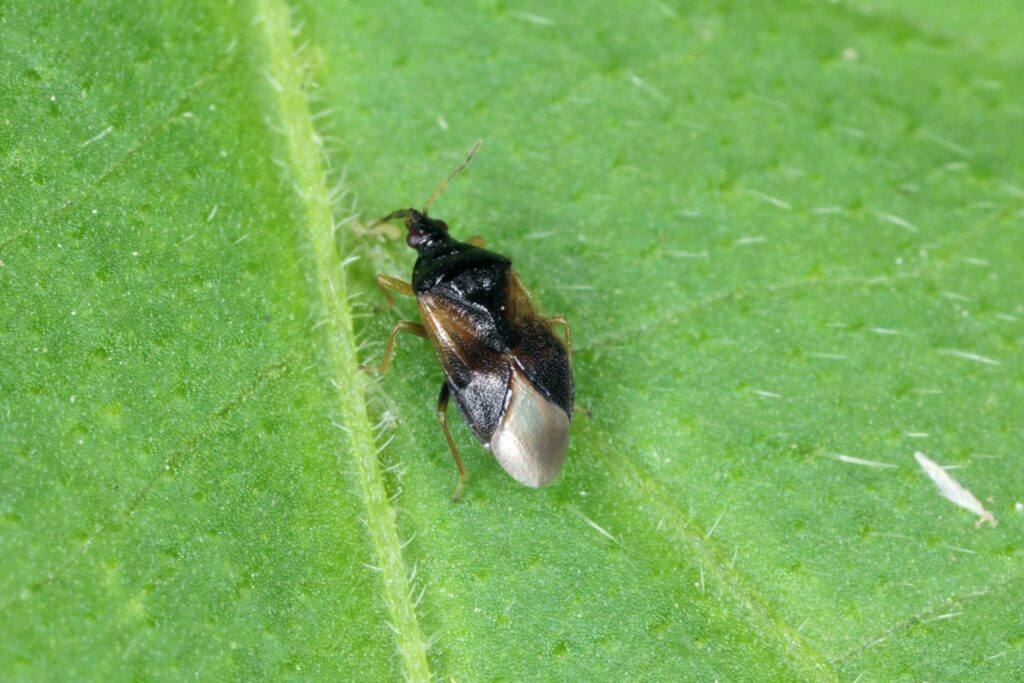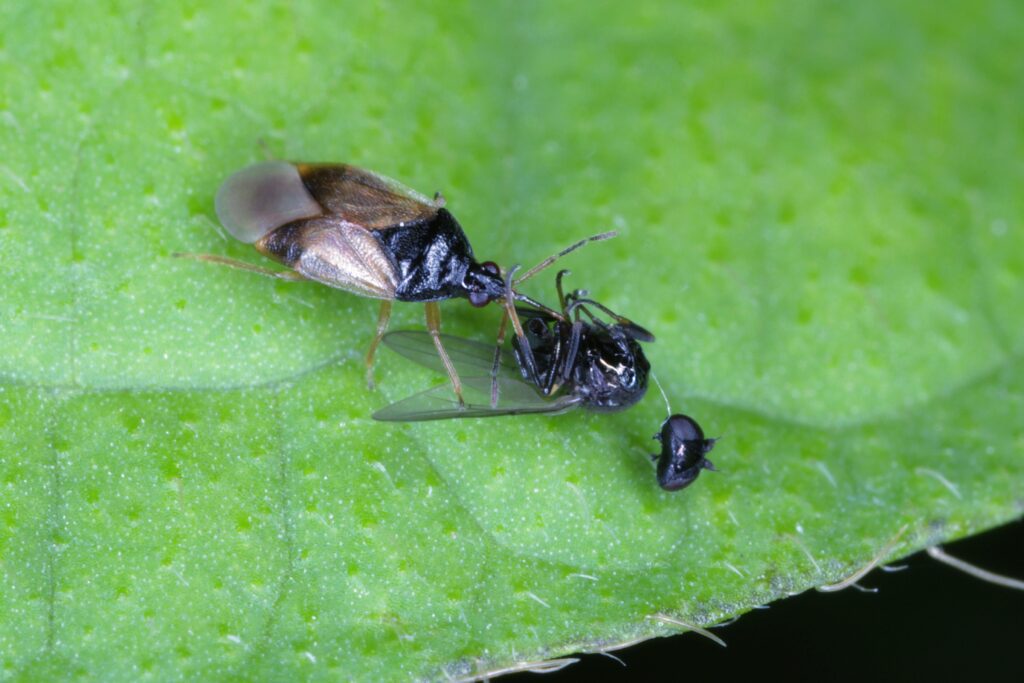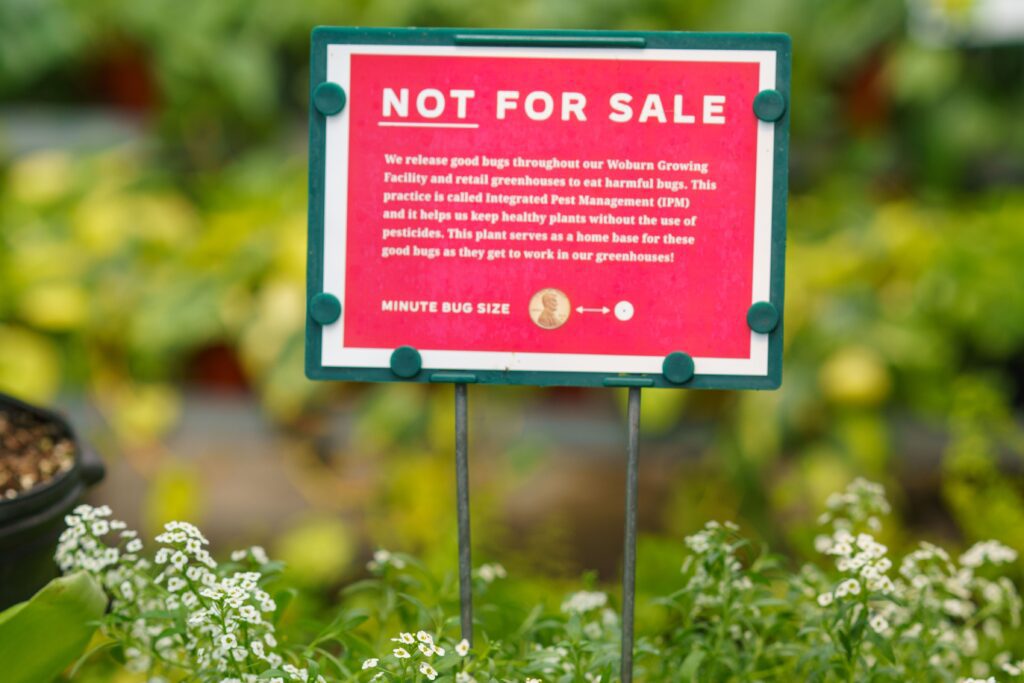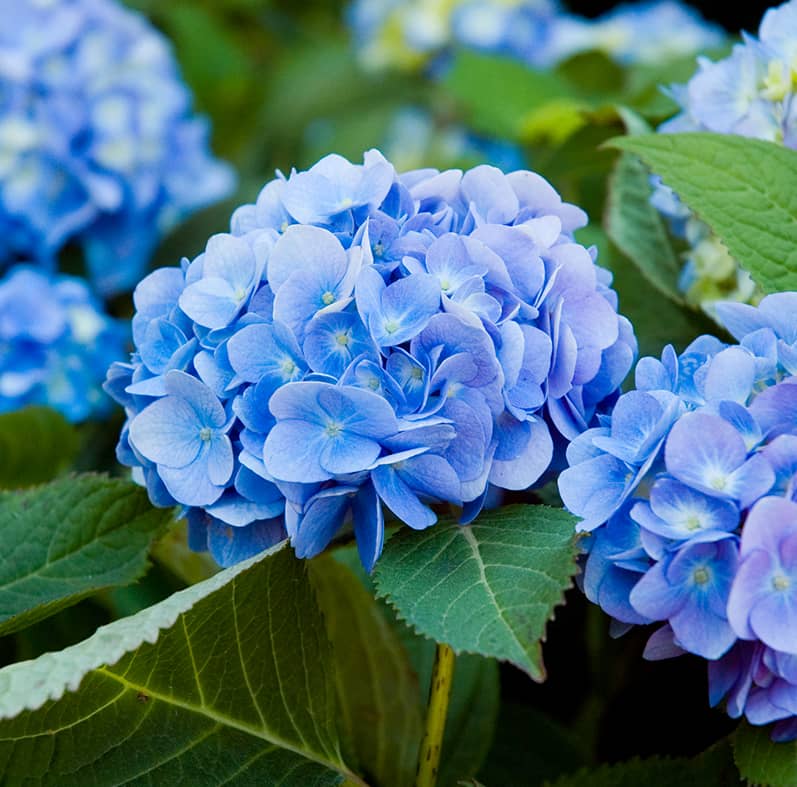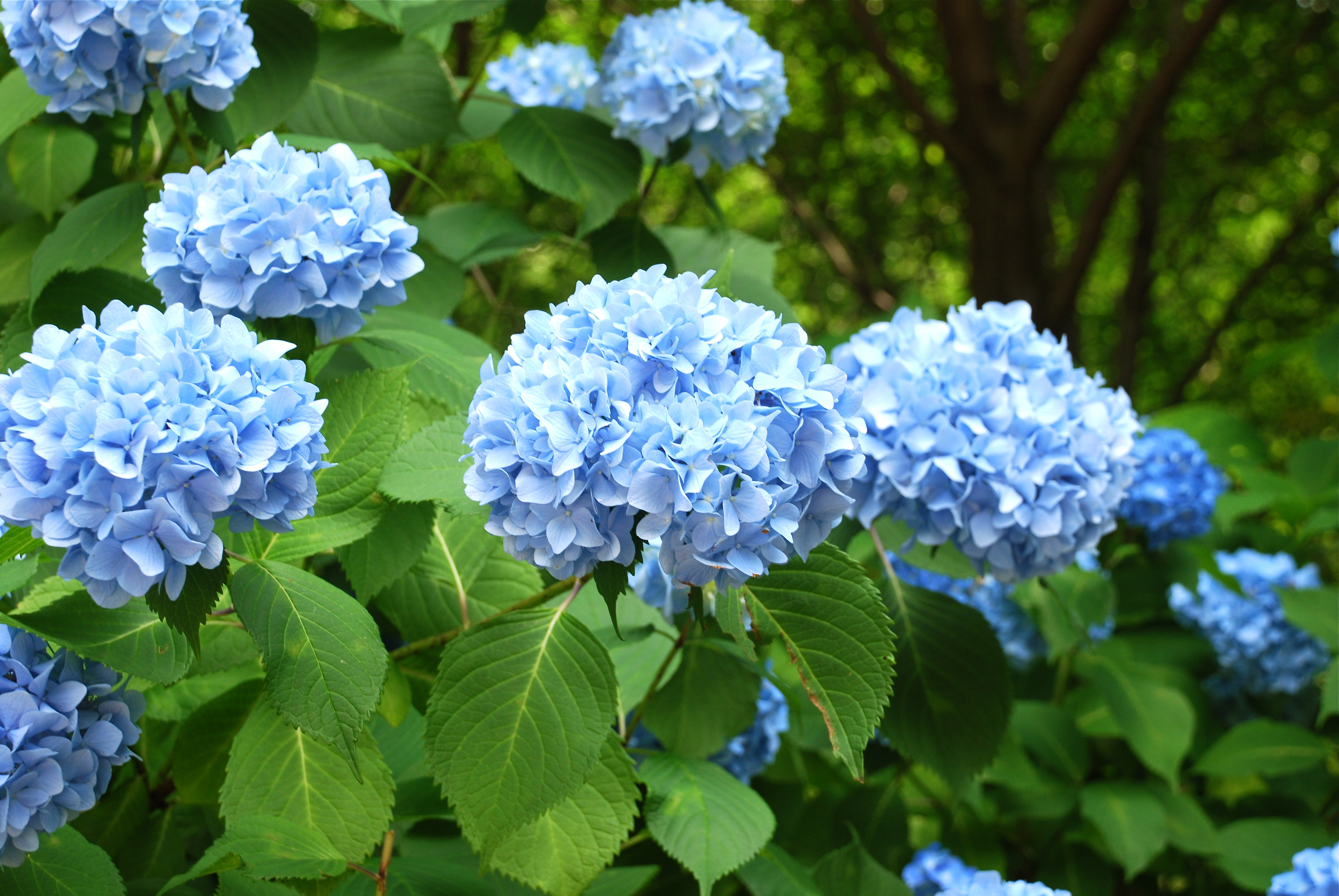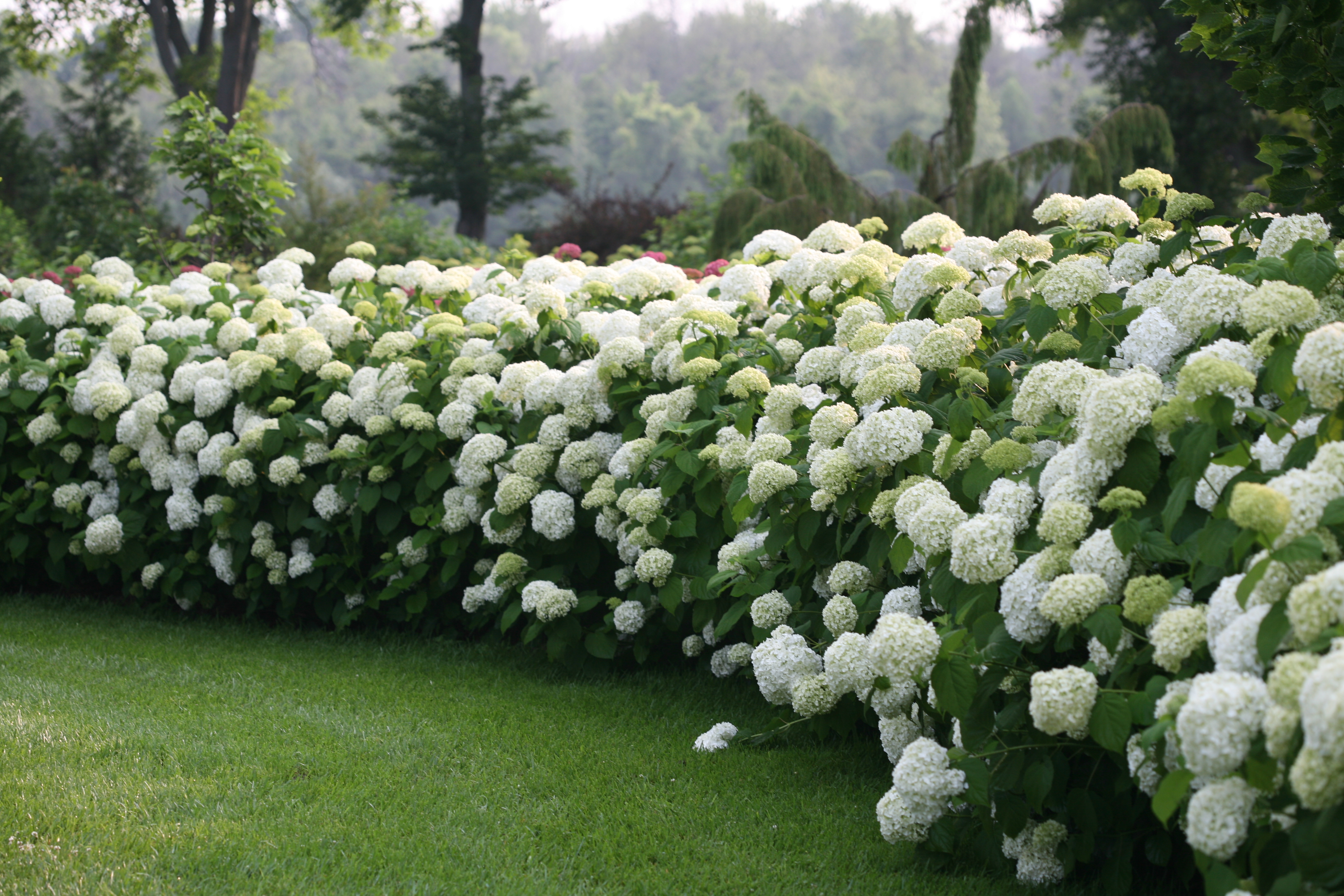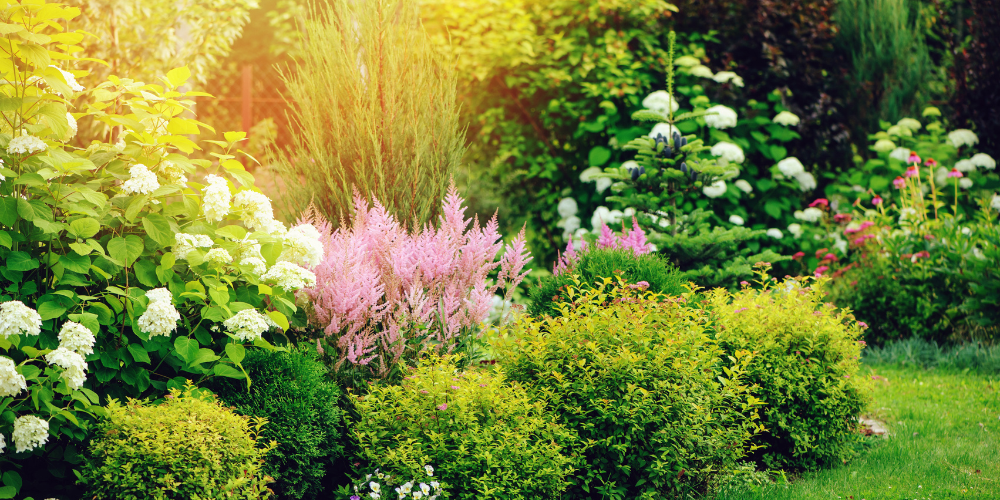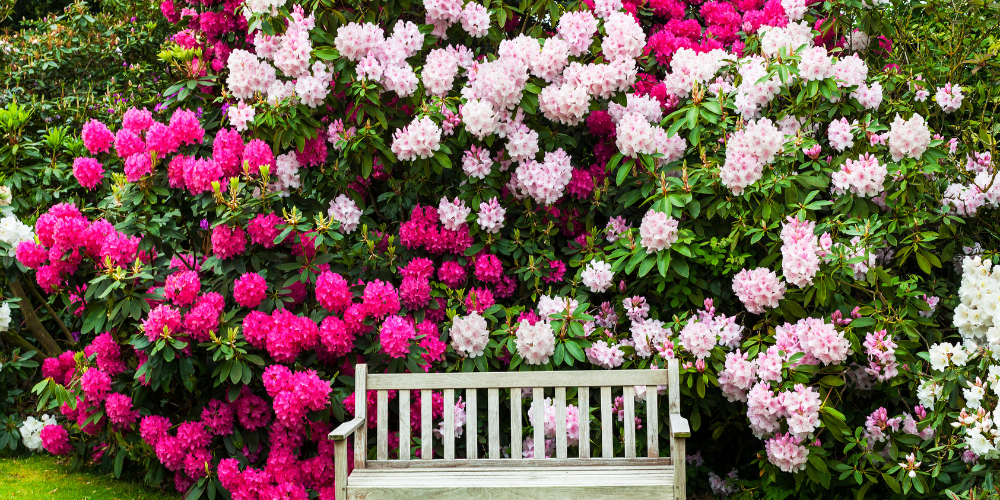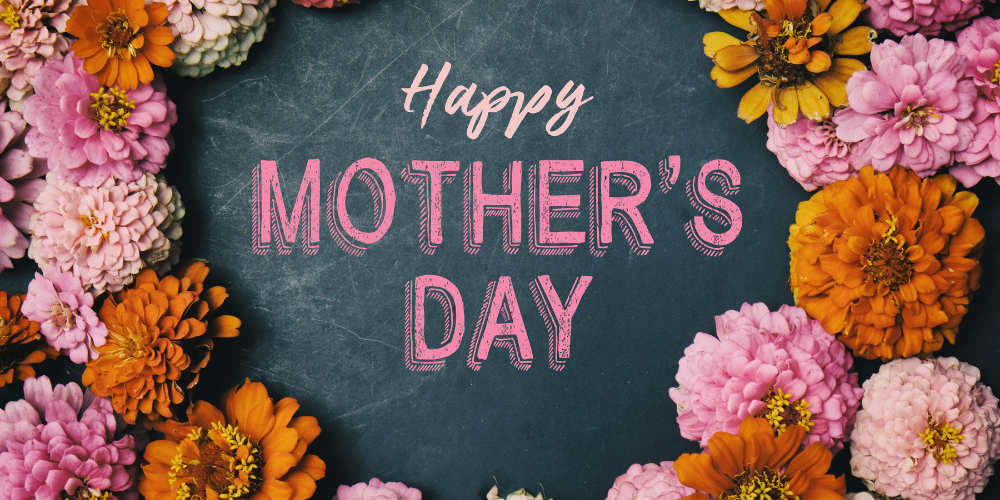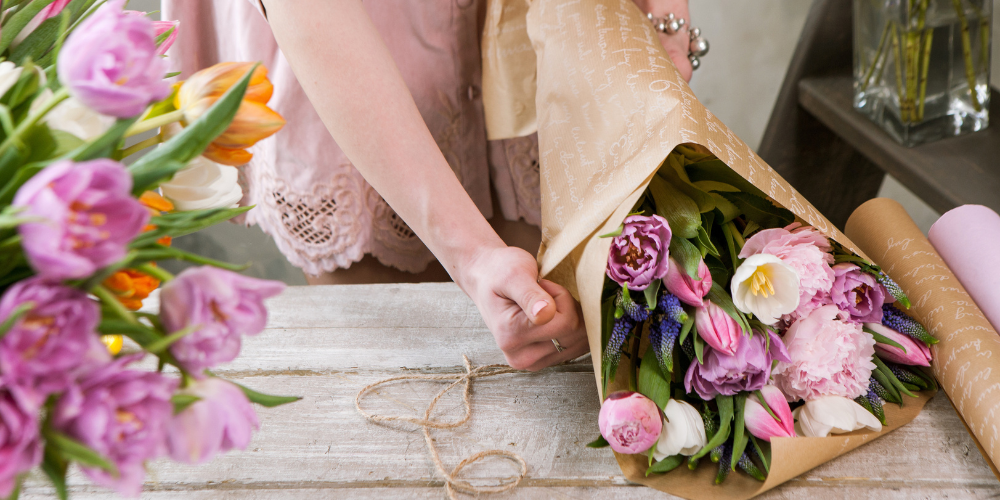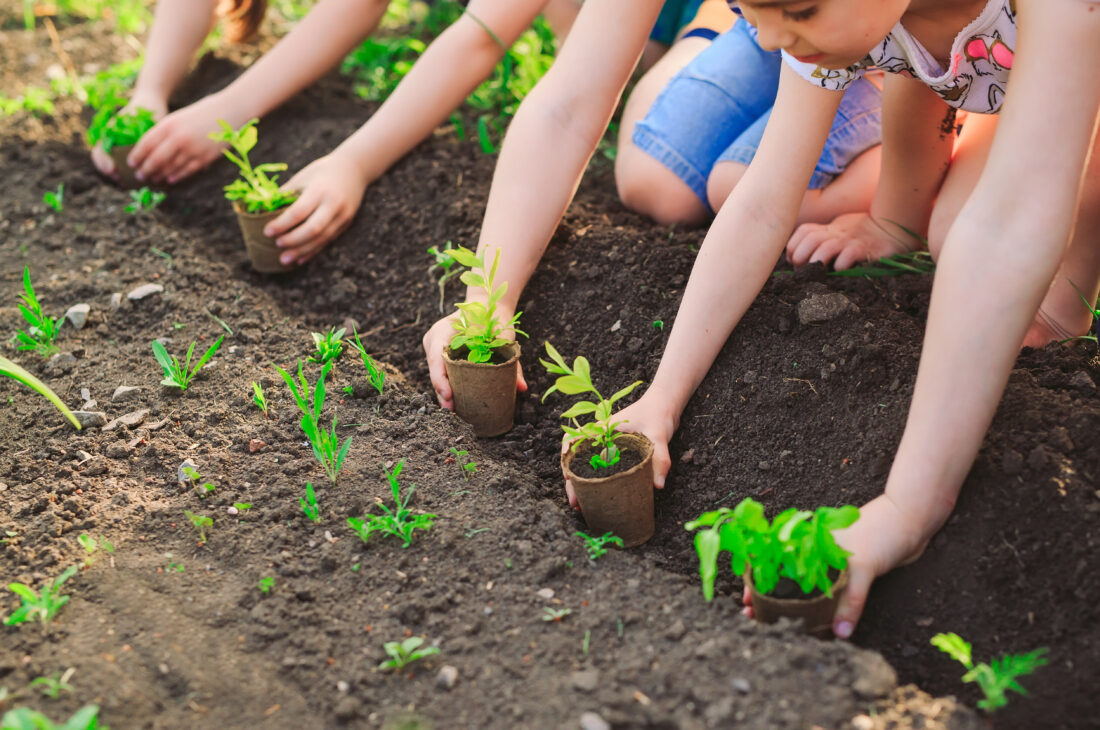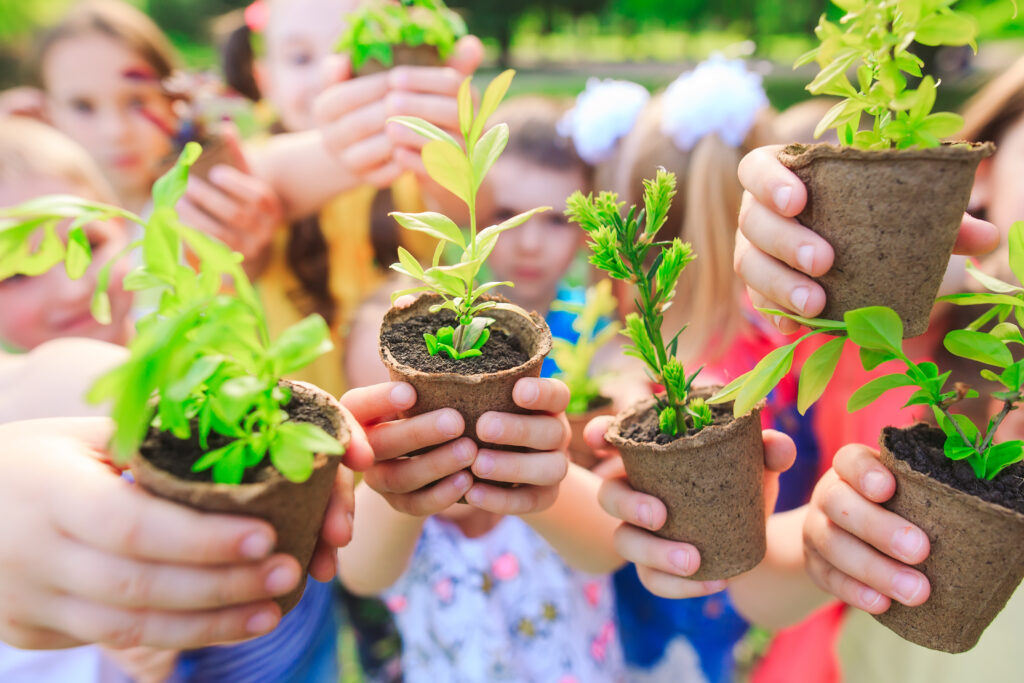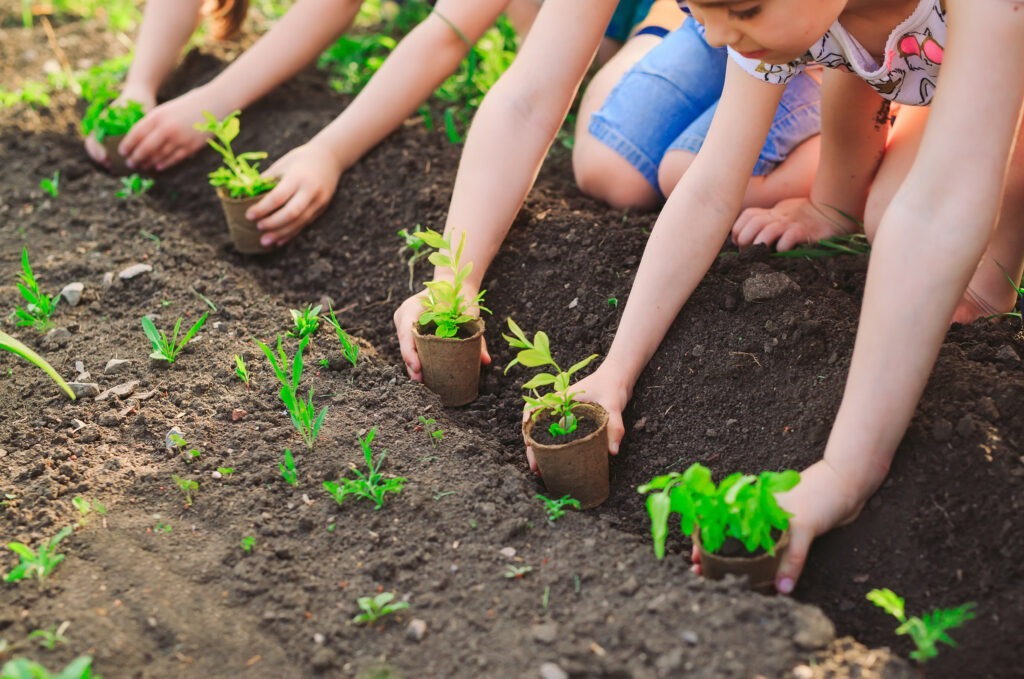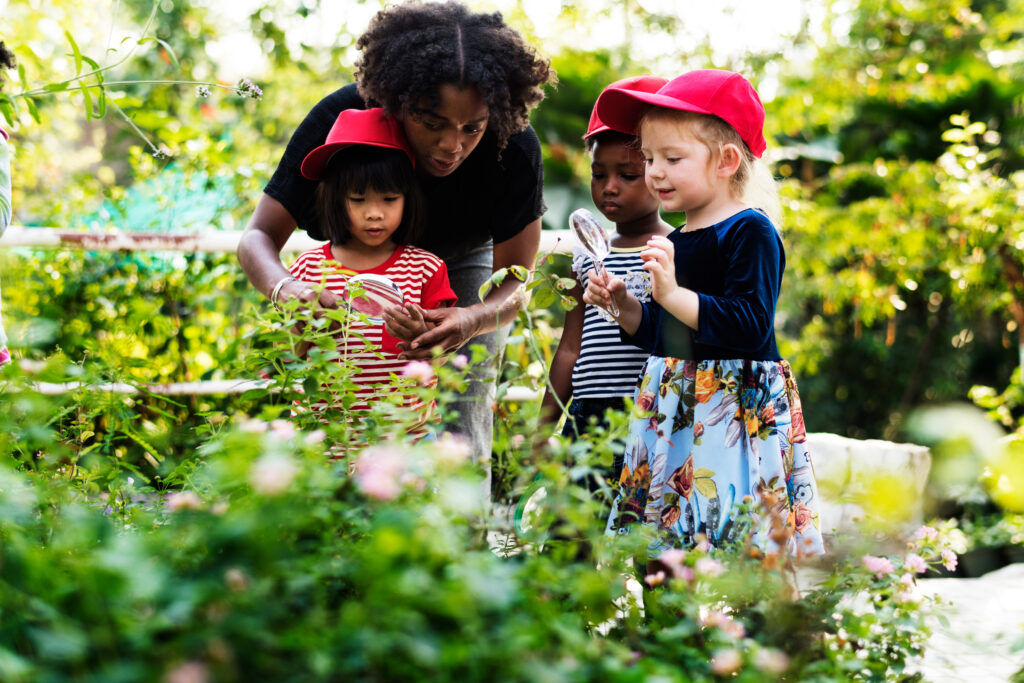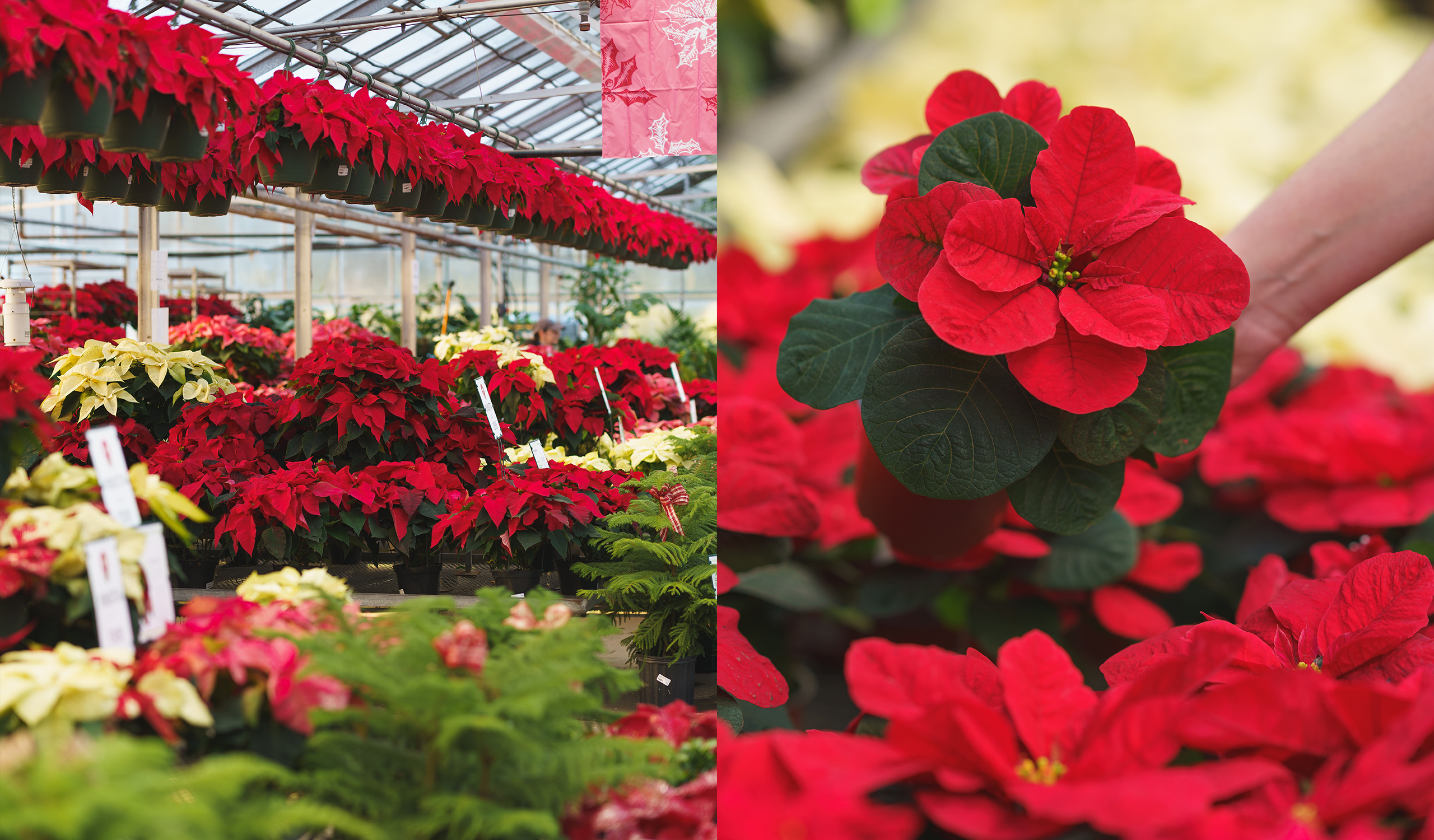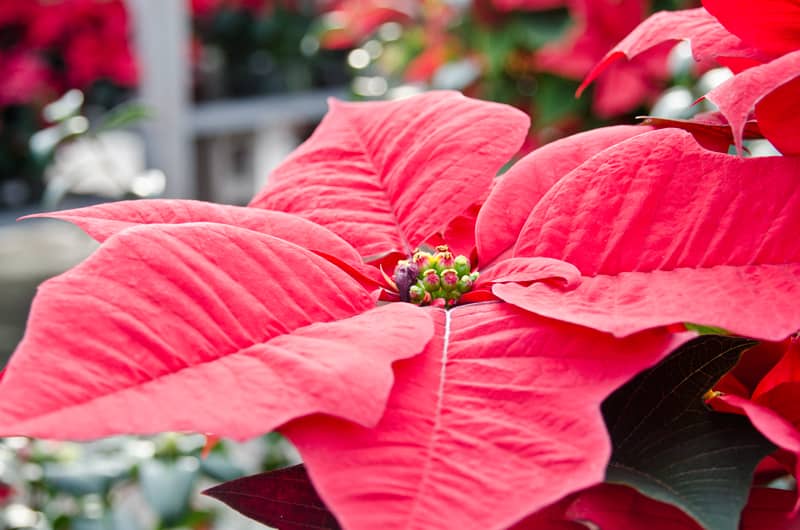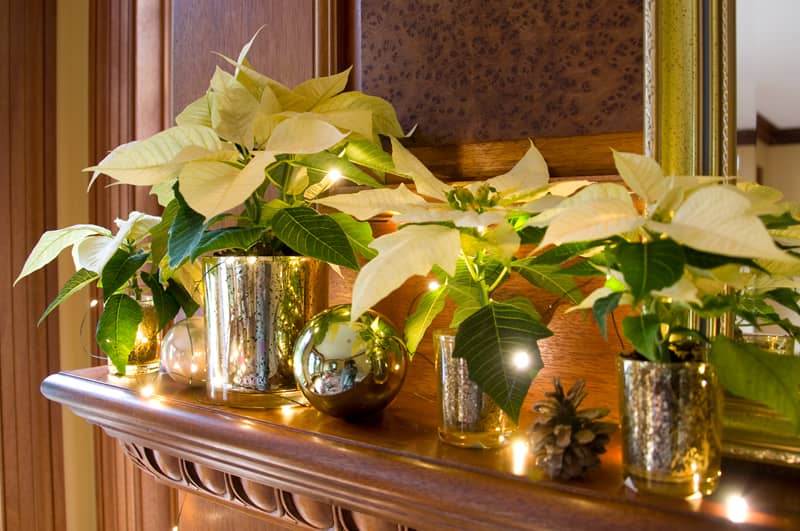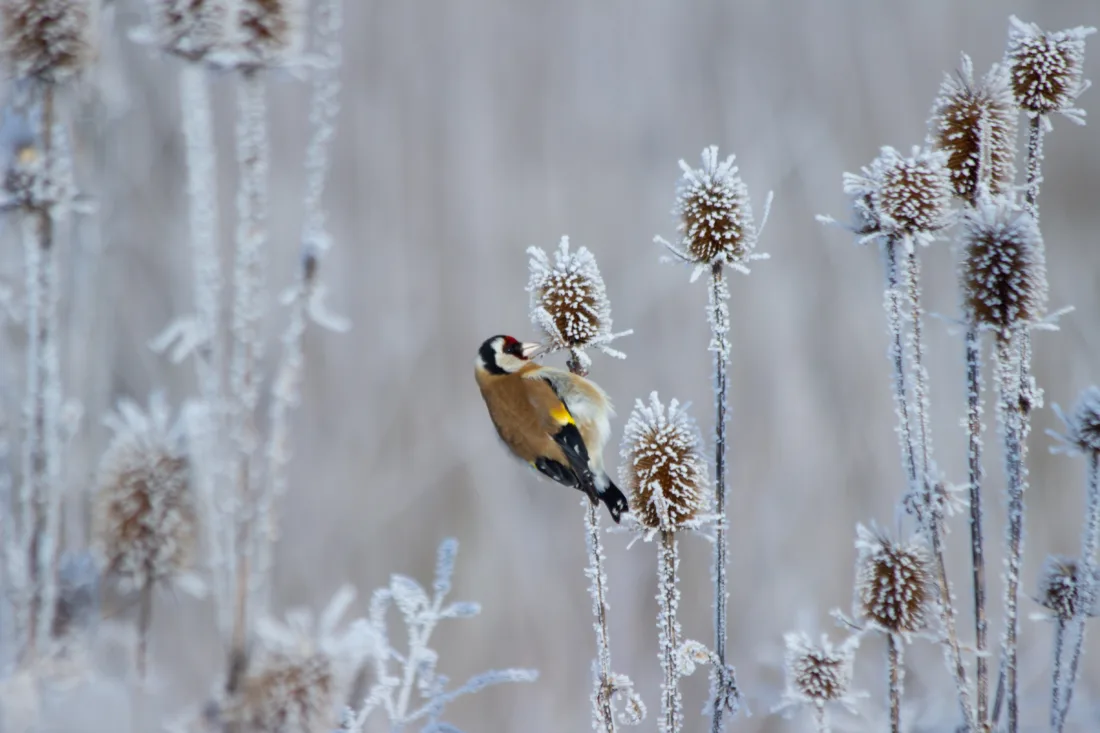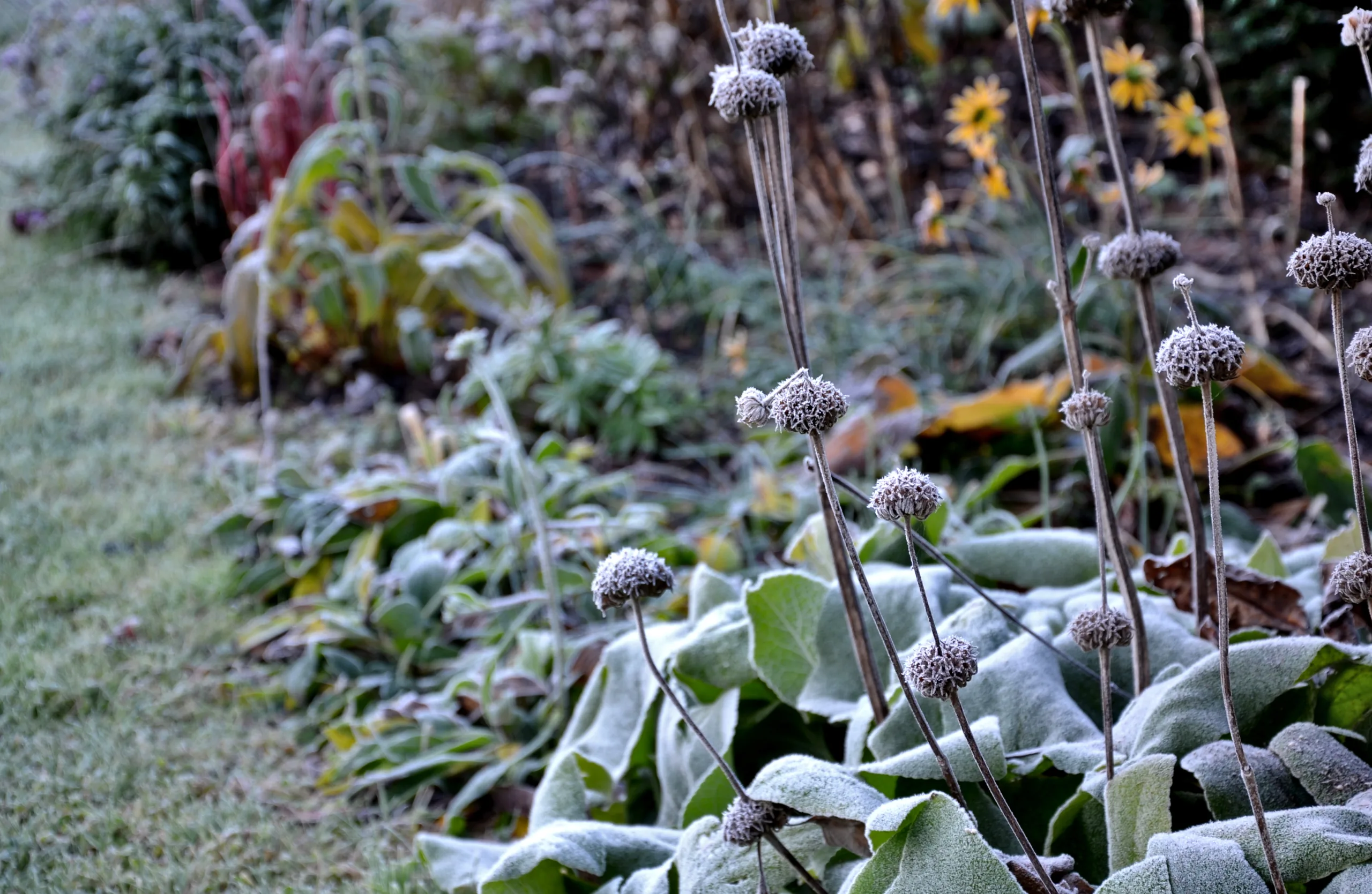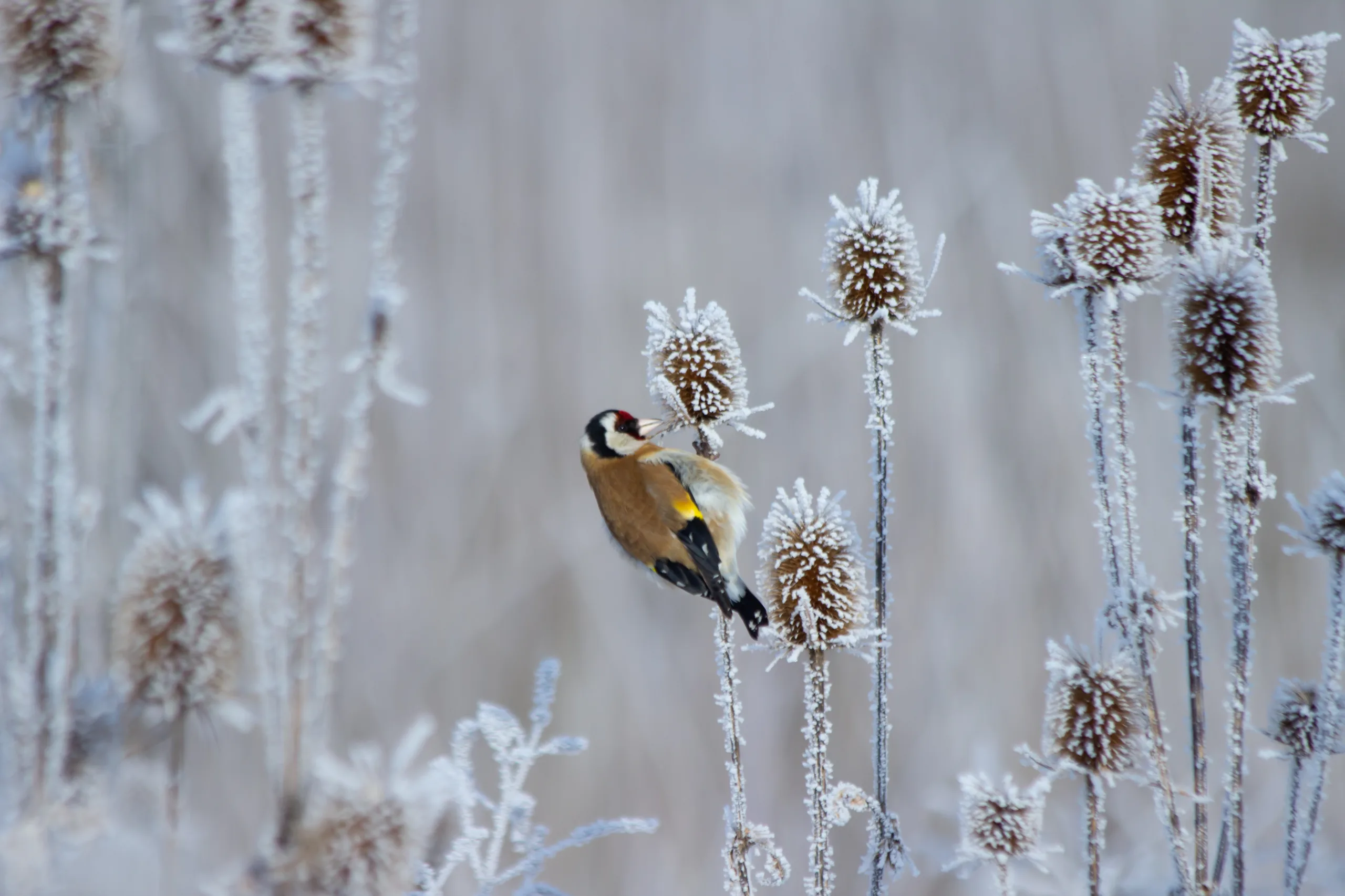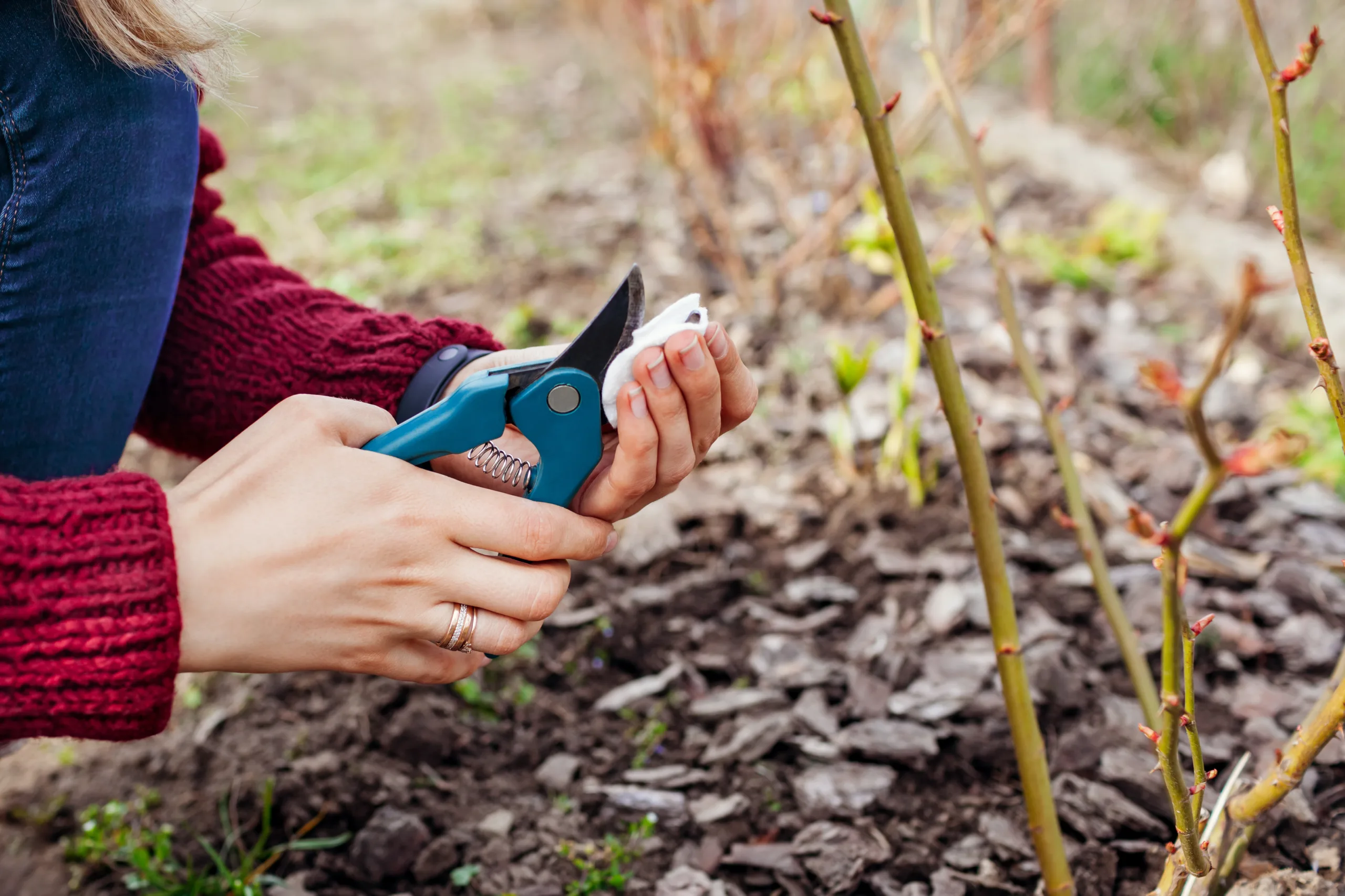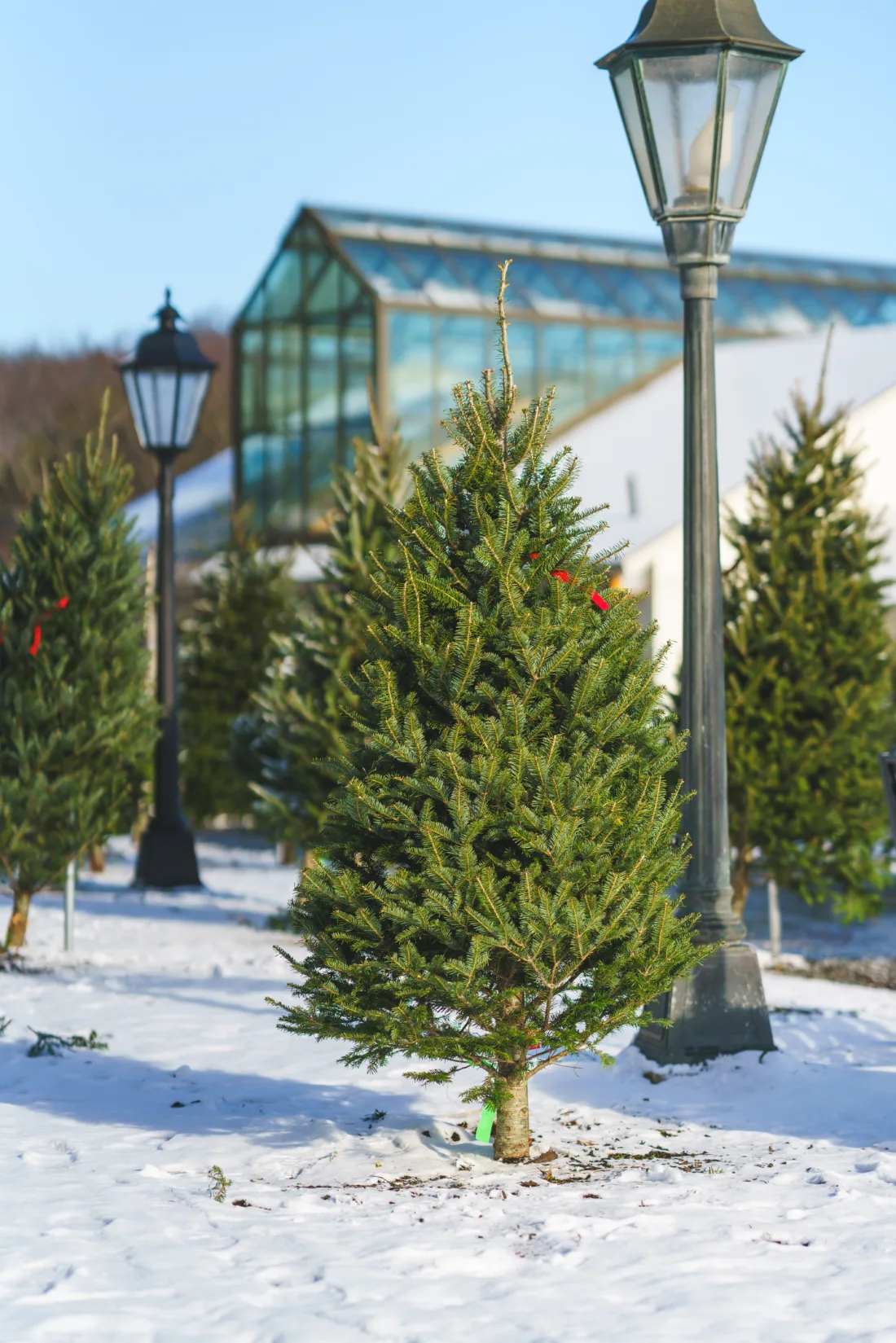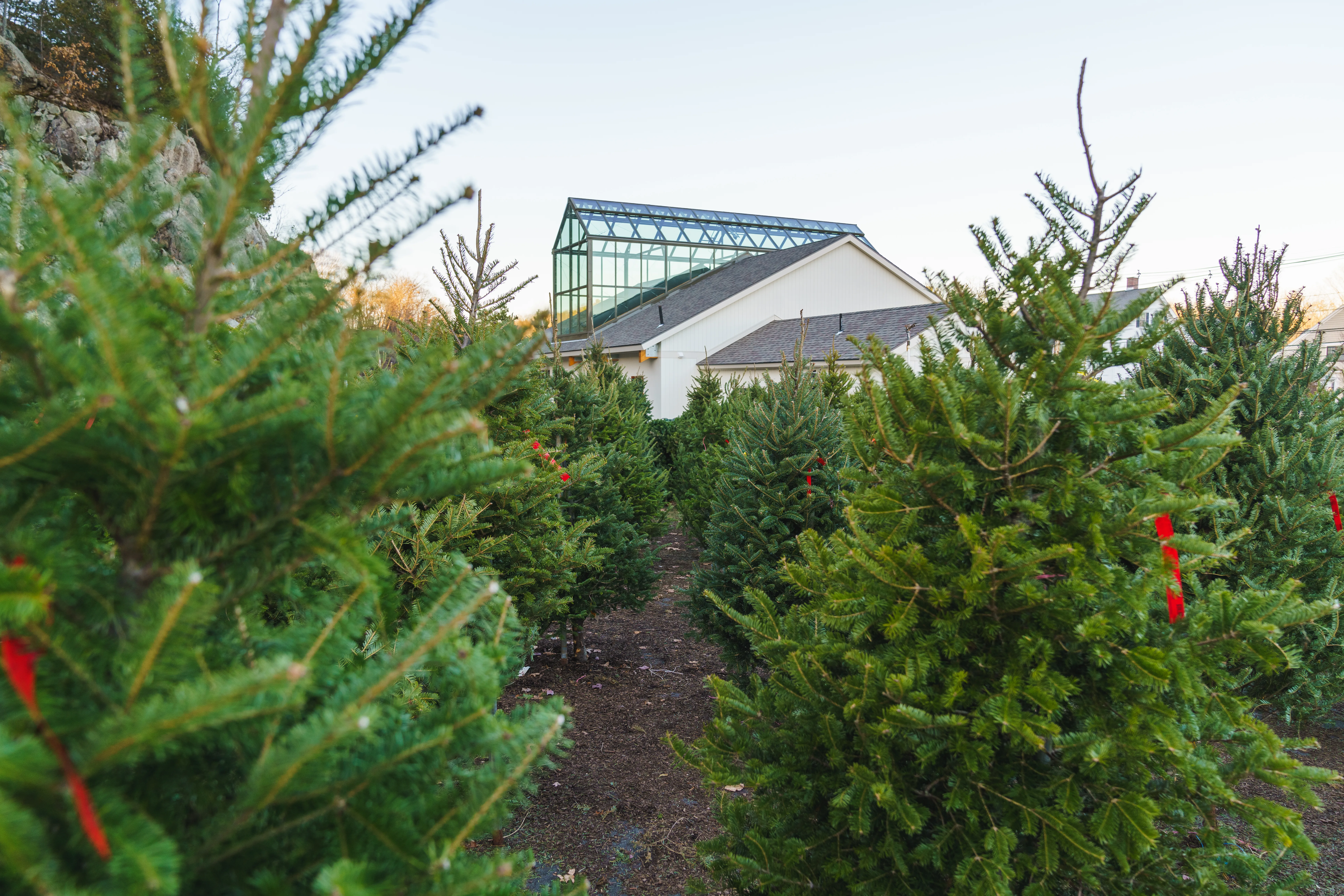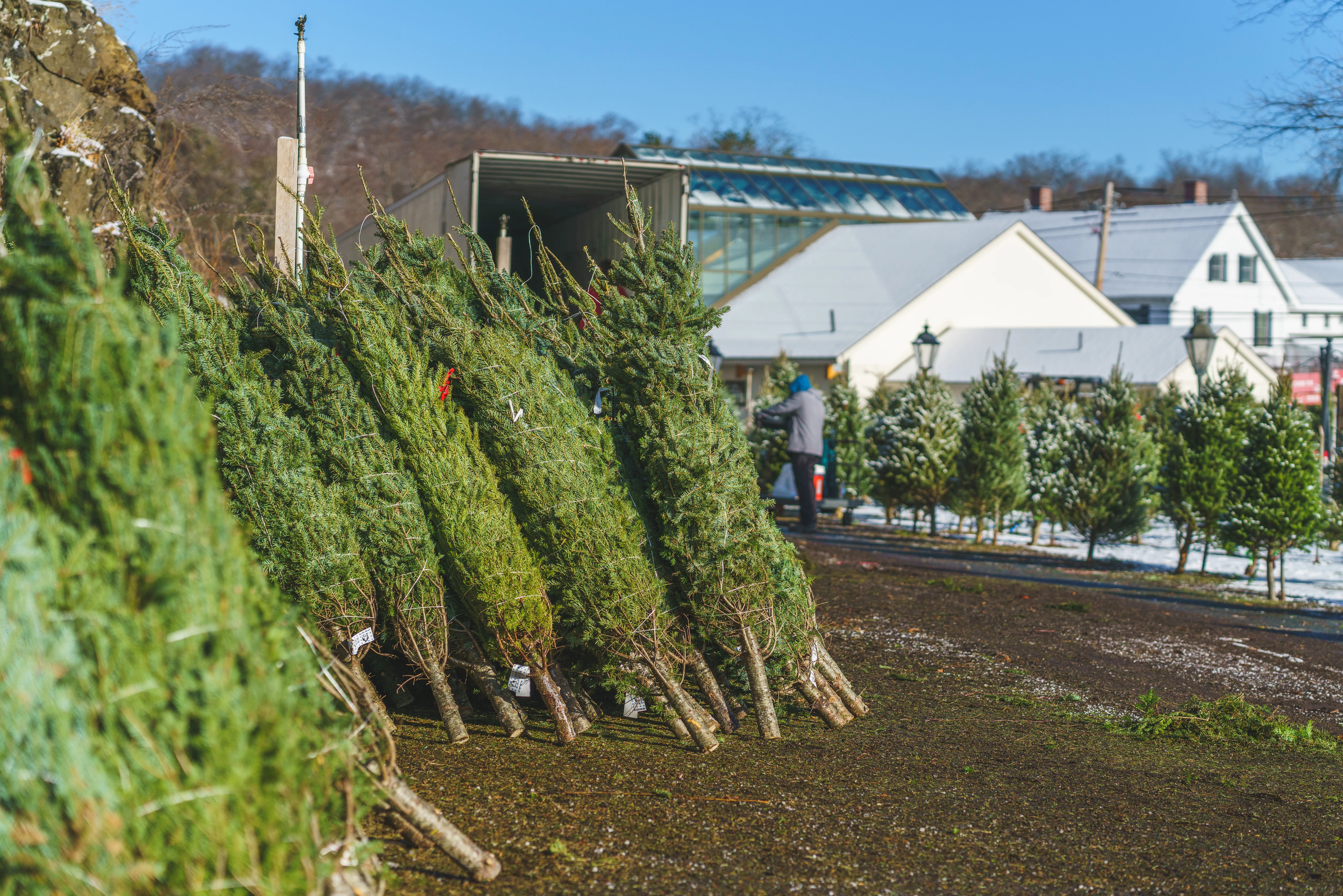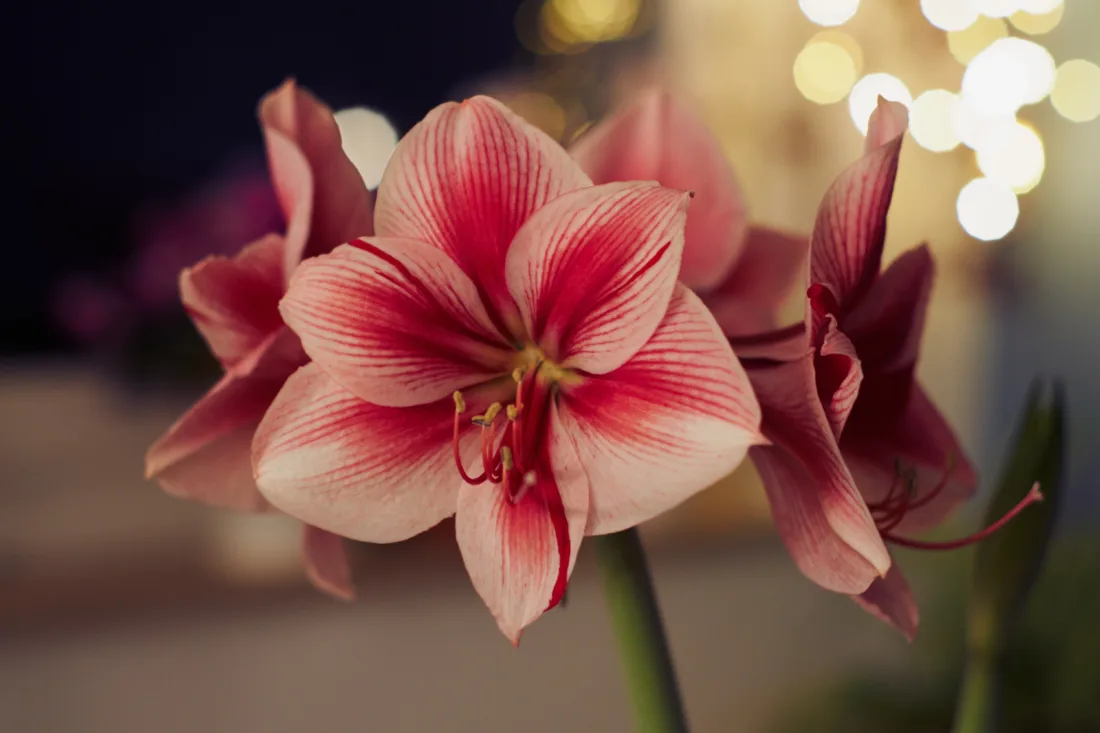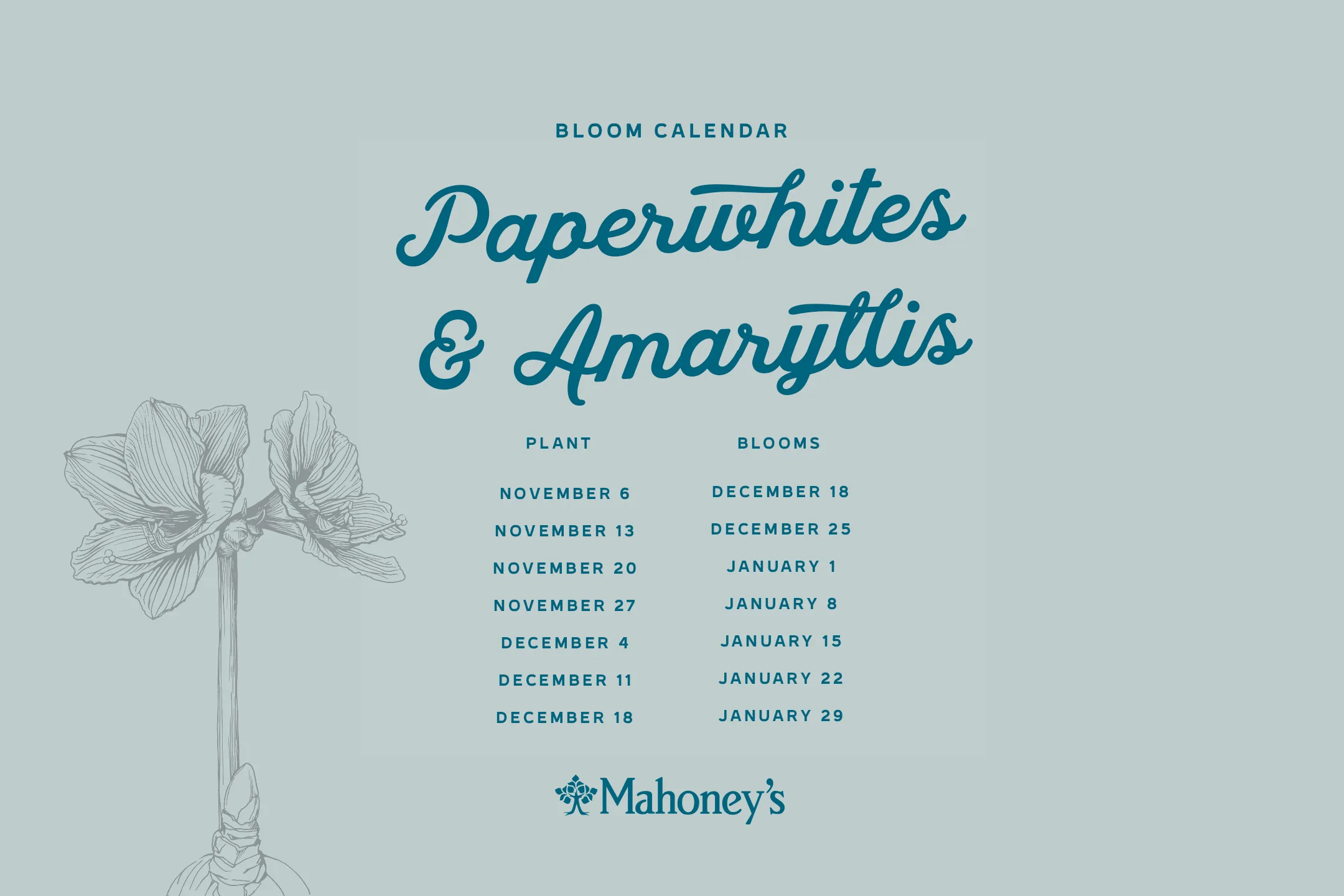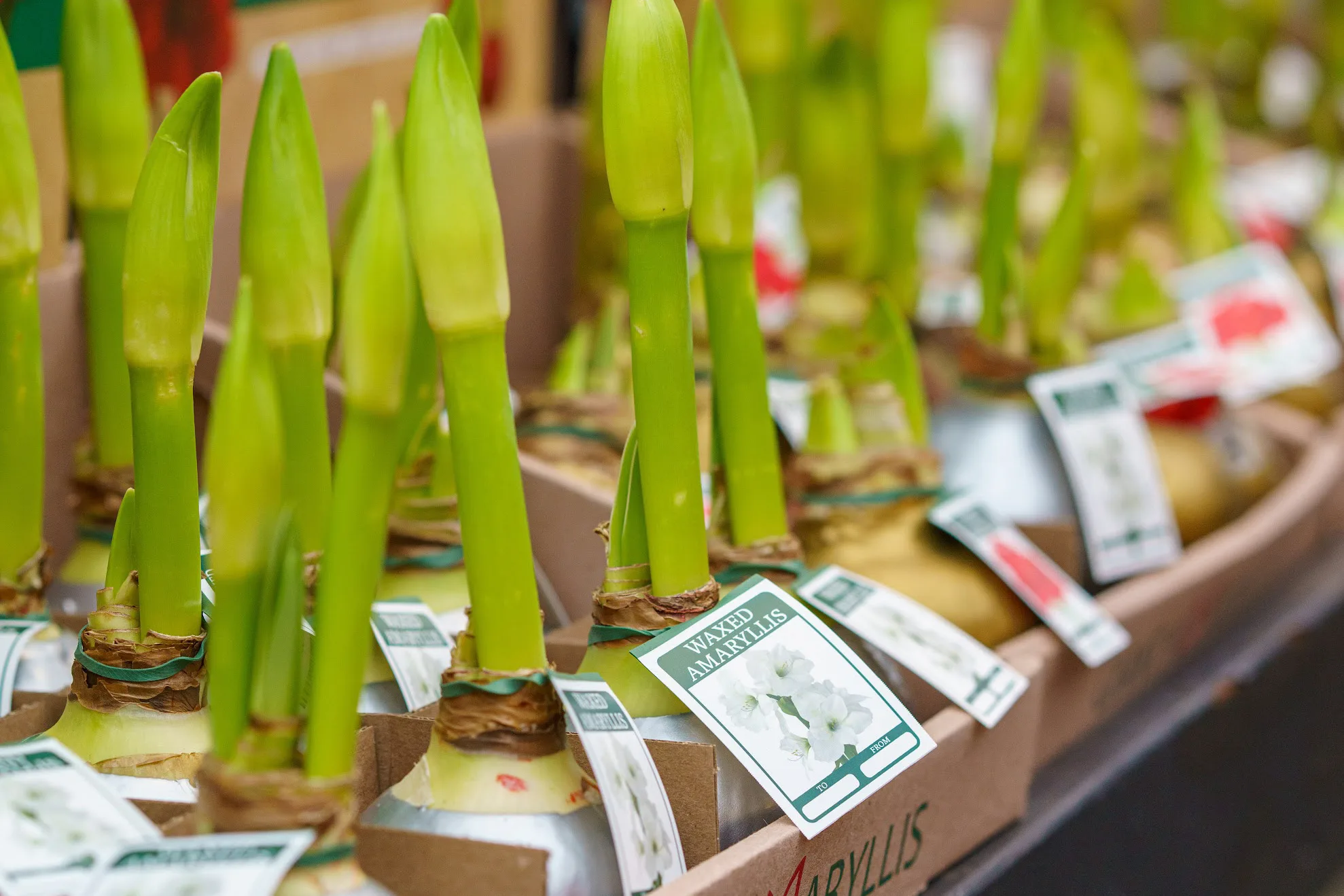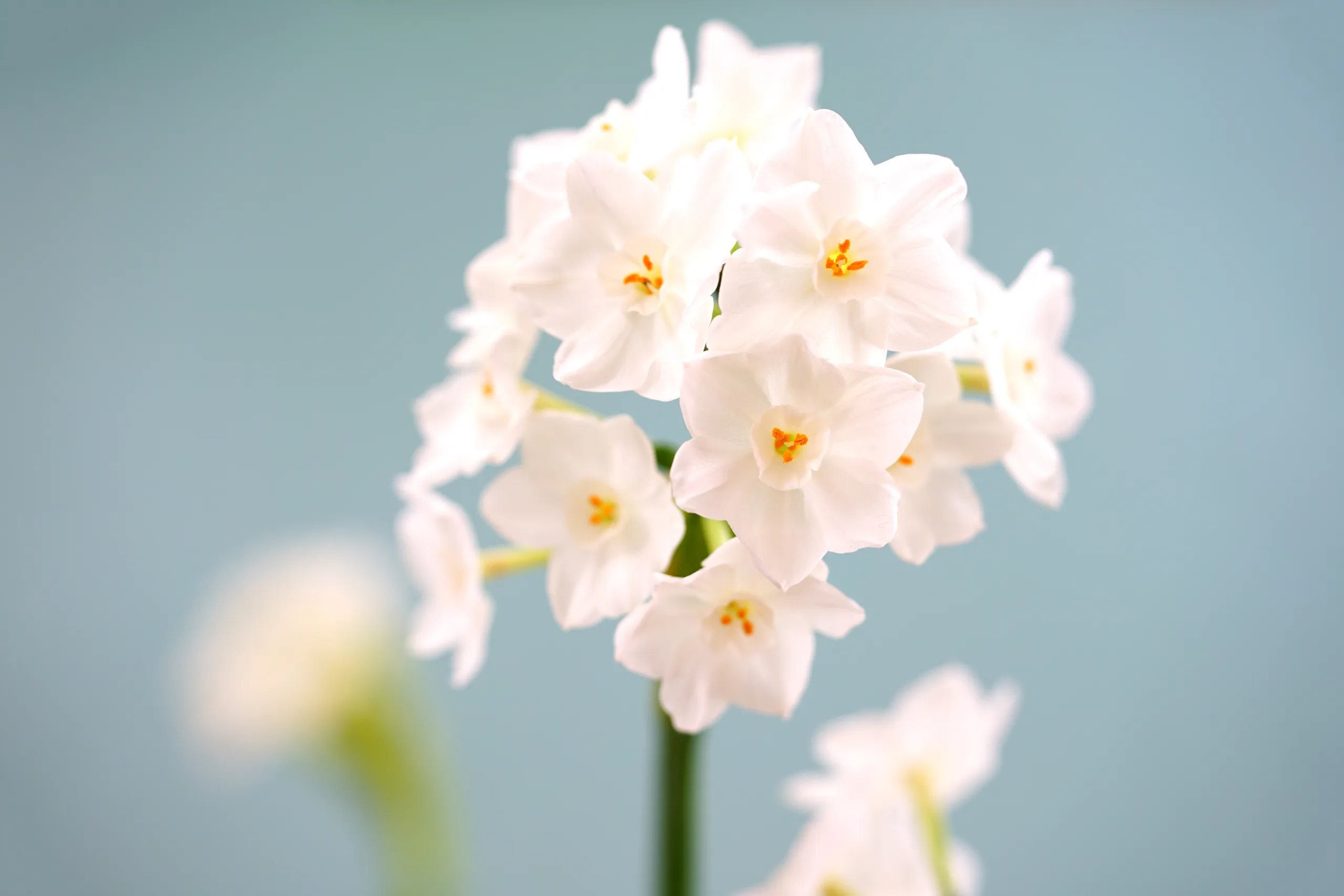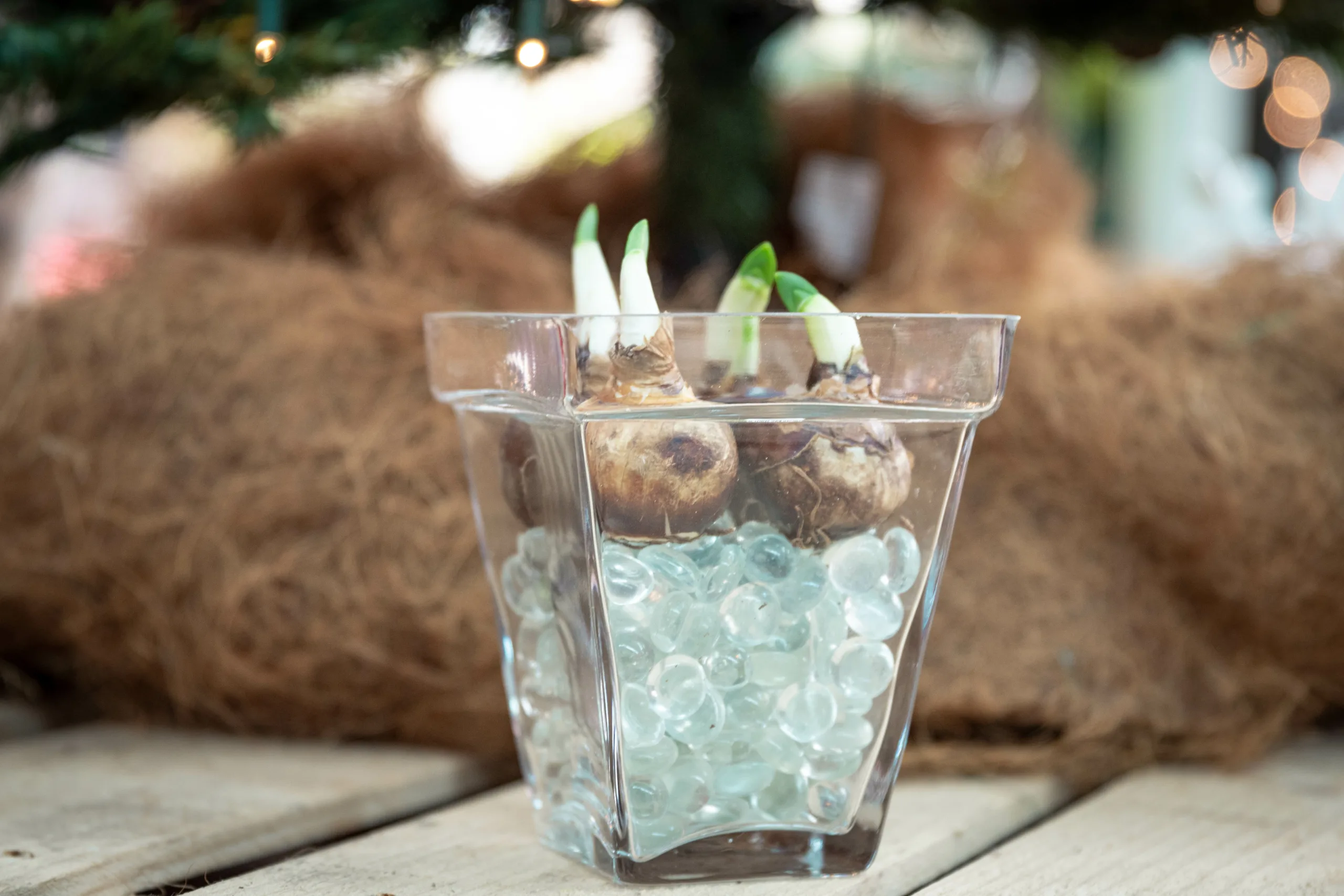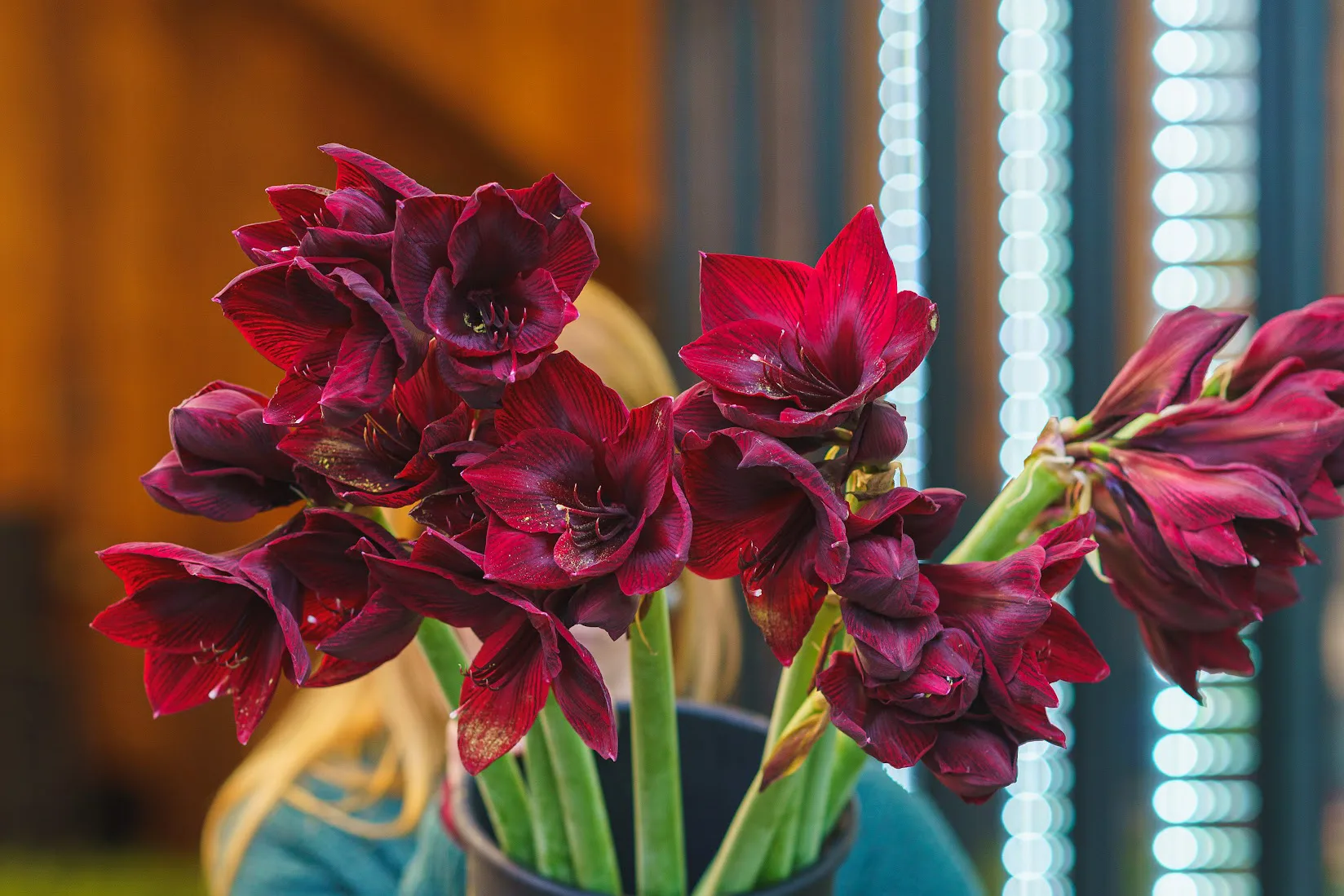Native Trees, Shrubs, and Perennials for Low-Maintenance City Gardens
Dreaming of a vibrant green space in your urban abode but limited by time, budget, or square footage? Look no further than the power of native plants! Ditch the high-maintenance routine and embrace eco-friendly gardening with native trees, shrubs, and perennials.
These superstars of the plant world are perfectly adapted to your local climate and soil conditions, requiring less water, fertilizer, and overall TLC. Let’s face it: millennials in bustling cities like Boston, Cambridge, and Worcester often juggle busy schedules and limited outdoor space. Native plants are here to save the day, offering a sustainable and manageable solution for creating your own urban oasis.
The Benefits of Native Plants
Native plants have existed in a particular region for thousands of years and co-evolved with local insects, birds, and pollinators, creating a harmonious and balanced ecosystem.
Here’s why native plants are the perfect pick for your urban garden:
- Native trees, shrubs, and perennials are naturally suited to your local climate and soil. This translates to less watering, reduced need for fertilizers, and better resistance to pests and diseases, as well as extreme weather and climate fluctuations – a win-win for your wallet and free time!
- These local heroes play a vital role in supporting biodiversity. They provide essential food and habitat for pollinators like butterflies, bees, and hummingbirds, promoting a healthy and thriving ecosystem right in your backyard (or balcony!).
- Native plants require less watering compared to non-native species, which is a major boon for water conservation, especially in urban environments.
Low-Effort Gardening Solutions
Now that you’re sold on the magic of native plants let’s get your low-maintenance garden growing! Here are some practical tips to keep your green thumb green without breaking a sweat:
- This landscaping approach focuses on using drought-tolerant plants and minimizing water usage. By understanding the soil and available moisture in your landscape, you can create a water-wise garden that thrives with minimal fuss.
- Mulch is your friend! A layer of organic mulch around your plants helps retain moisture, suppress weeds, and regulates soil temperature – all while adding a polished touch to your garden design.
- Companion planting involves strategically placing different plant species together to benefit from each other. For example, certain plants may attract beneficial insects that help control pests on their neighbors. Research companion planting strategies specific to native plants in your region for a thriving, low-maintenance garden bed.
Low-Effort Native Plant Picks for Tiny Urban Spaces
- Perennials: Columbine (Aquilegia canadensis), Black-Eyed Susan (Rudbeckia fulgida), Wild Geranium (Geranium maculatum)
- Shrubs: Smooth Arrowwood Viburnum (Viburnum dentatum), Inkberry (Ilex glabra), Winterberry (Ilex verticillata)
- Small Trees: Redbud (Cercis canadensis), Dogwood (Cornus florida), Serviceberry (Amelanchier canadensis)
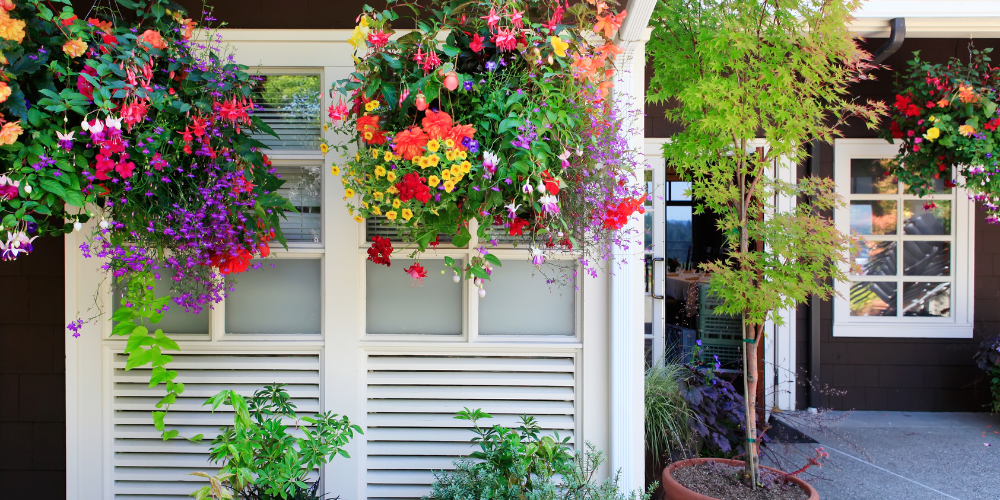
Gardening Solutions for Different Living Spaces
- Living the vertical life? No problem! Maximize your limited space with container gardening and vertical gardening techniques. Hang baskets overflowing with colorful native blooms, or create a living wall using climbing vines on a trellis. For a touch of whimsy, consider repurposed vintage containers or reclaimed wood for your plant pots.
- Balconies and patios can be transformed into miniature green havens with the right approach. Opt for compact native plants that thrive in containers, like dwarf varieties of shrubs and perennials. Hanging baskets overflowing with trailing native vines and window boxes overflowing with colorful blooms can add a touch of life to your urban retreat.
- Thinking of transforming your yard into a sustainable paradise? Start by understanding your existing landscape and soil conditions. This includes elements like soil condition, sun exposure, light availability, and available moisture. Native plants are suited to a wide range of conditions, from full sun to dry shade. This adaptability makes them perfect for seamlessly integrating into existing gardens, replacing high-maintenance areas with low-water alternatives. Consider creating a pollinator-friendly haven by incorporating native flowering plants that attract butterflies, bees, and hummingbirds.
Budget-Friendly Gardening Tips
Going green doesn’t have to mean emptying your wallet. Here are some clever ways to cultivate your native plant haven without breaking the bank:
- Join forces with fellow plant enthusiasts! Organize or participate in plant swap events where you can trade cuttings, seeds, or established plants.
- Channel your inner botanist and try propagating plants from seeds. Native plant seeds can be readily available online or at local garden centers, often at a much lower cost than established plants.
- Get creative with recycled materials! Turn old tin cans into charming containers, use leftover bricks to create raised garden beds, or give a new lease on life to forgotten furniture as plant stands.
- Many cities offer fantastic resources for eco-conscious gardeners. Look out for community gardens that may offer seed banks or plant sales. Attend local gardening workshops to learn more about native plants and get expert advice for free.
Embrace the power of native plants and create a garden that’s not only beautiful but also eco-friendly and requires minimal effort. Remember, these local heroes are perfectly adapted to your environment, reducing your need for water, fertilizer, and pesticides.
Take the first step towards your sustainable urban oasis by visiting Mahoney’s Garden at 165 Princeton Street, North Chelmsford, MA 01863. We are a local favorite and a great resource for native plant varieties that will thrive in your region. Our knowledgeable staff can answer your questions and help you choose the perfect plants for your needs.

